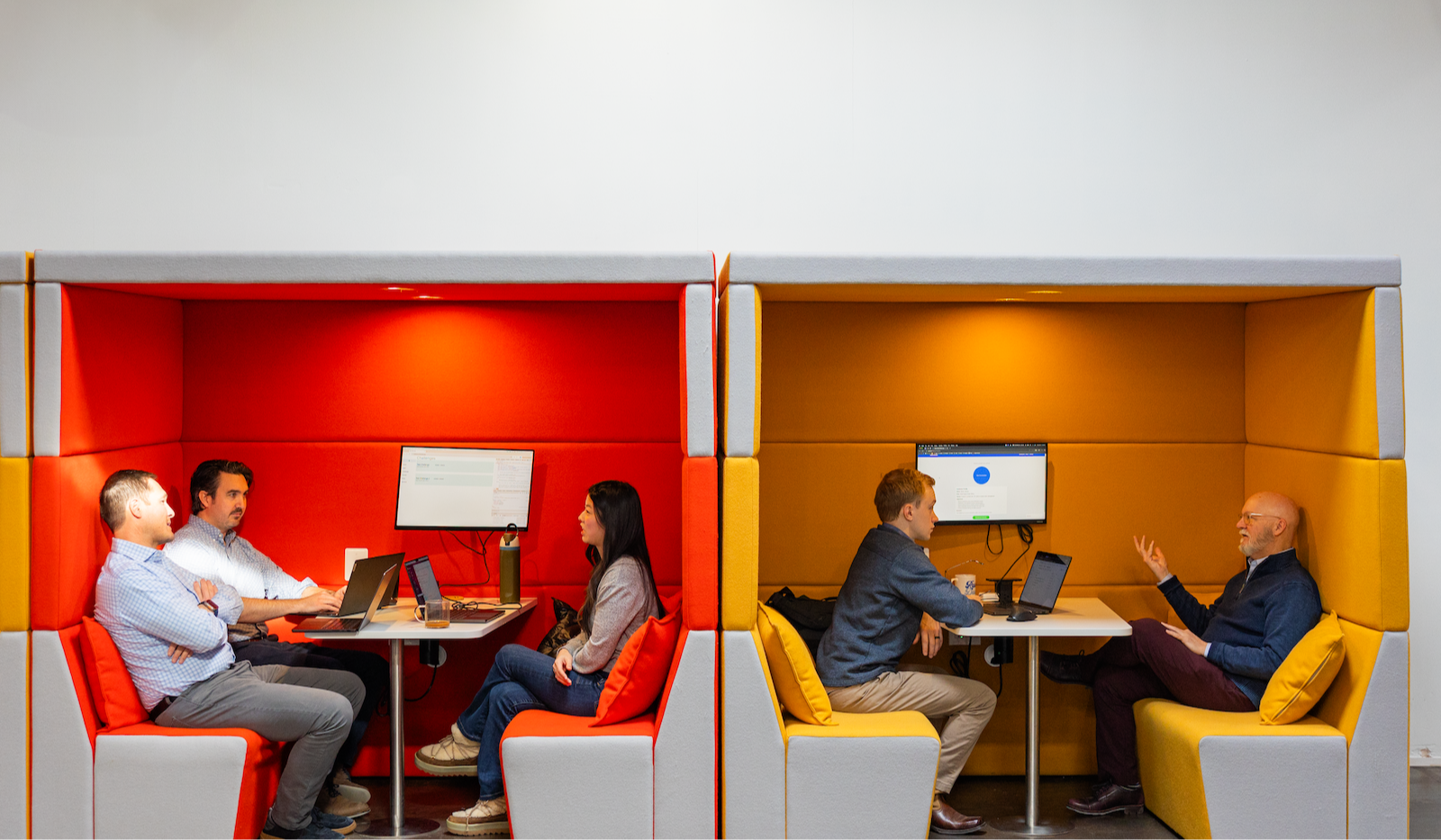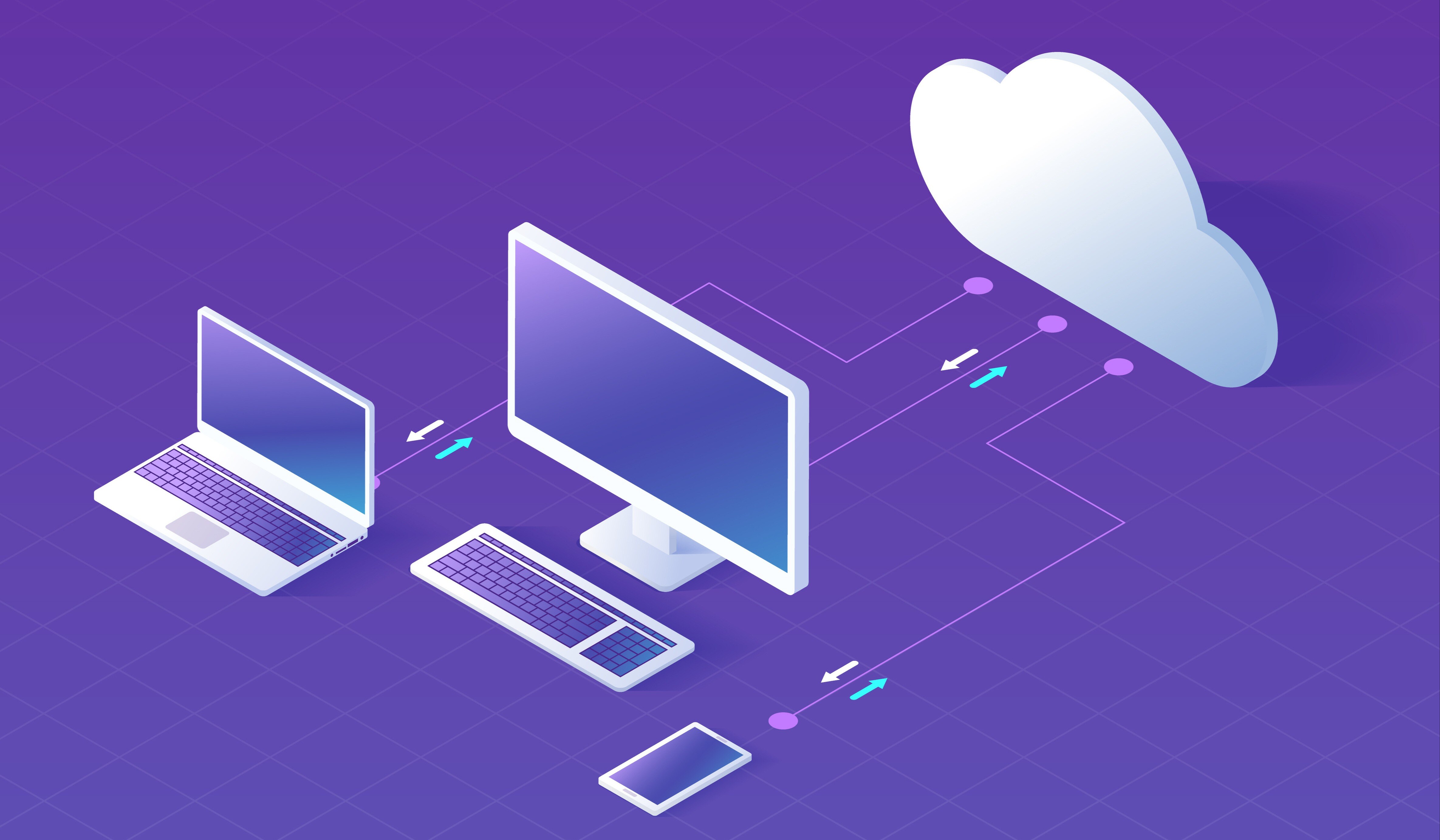Secure By Default: Using HashiCorp’s Packer With AWS and EBS
In my years at Compoze Labs, I’ve worked on numerous AWS based projects, in a number of highly regulated industries, throughout the years. Whether...
2 min read
 Andrew Larsen
:
Aug 8, 2025 11:39:08 AM
Andrew Larsen
:
Aug 8, 2025 11:39:08 AM

Picture this: your marketing team wants to launch a personalized quiz on your website that recommends products and automatically syncs those recommendations to your email campaigns and in-store kiosks. Your customer service team wants to add live chat that shows a customer's full purchase history across all channels. Your merchandising team wants to test a new checkout flow that works across web, mobile, and social commerce.
In a traditional eCommerce setup, each of these changes means touching your core platform—a process that can take months, requires extensive testing across all touchpoints, and risks breaking existing functionality.
Headless commerce changes that equation entirely.
Think of traditional eCommerce platforms like old desktop computers—everything's bundled together in one big box. Headless commerce is more like a modern laptop with external monitors, keyboards, and devices. The "head" (your storefront) operates independently from the "body" (your backend systems).

This separation means your creative team can redesign your website without your IT team having to rebuild your inventory system. Your mobile app can get new features without affecting your web checkout. Everything connects through APIs—think of them as universal translators that let different systems talk to each other.
Major retailers aren't just experimenting with headless—they're committing to it. About 60% of large U.S. retailers plan to adopt headless platforms by 2025. Why? Because 82% of businesses using headless architectures report it's easier to deliver consistent experiences across web, mobile, social media, and in-store channels.
When your customer starts shopping on their phone during lunch and finishes the purchase on their laptop at home, headless commerce makes that transition seamless.
Your teams can work in parallel instead of waiting in line. Marketing can A/B test new landing pages while developers add payment options. No more "we can't do that until Q3" conversations.
Each touchpoint can be optimized for its specific purpose. Your mobile site loads faster because it's built for mobile. Your in-store kiosks work better because they're designed for standing customers with different needs.

New sales channels emerge constantly—TikTok shopping, voice assistants, AR try-ons. With headless commerce, adding these channels means building a new front-end, not rebuilding your entire platform.
Most successful headless implementations start small. Pick one customer touchpoint—maybe your mobile site or a specific product category—and rebuild it as a proof of concept. This approach lets you learn what works without risking your entire operation.
The key is ensuring your backend systems can handle the increased API calls and that your team understands how to manage multiple front-ends. Many companies partner with experienced integrators during this transition to avoid common pitfalls.
Headless commerce isn't about technology for technology's sake. It's about giving your teams the flexibility to respond quickly to customer needs and market changes. When your competition is still waiting three months to launch a simple feature, you'll be testing new ideas weekly.
The question isn't whether to go headless—it's how quickly you can start the transition.

At Compoze Labs, we've helped retailers transition to headless architectures that deliver faster development cycles and better customer experiences. From initial strategy through implementation and ongoing support, we guide you through every step of the headless commerce journey.

In my years at Compoze Labs, I’ve worked on numerous AWS based projects, in a number of highly regulated industries, throughout the years. Whether...

Software is said to be written with “Spaghetti Code” when the software is difficult to maintain or extend. Spaghetti code is hard to understand what...

Every successful business today relies on cloud infrastructure. Whether you're using Amazon Web Services (AWS), Microsoft Azure, or Google Cloud,...